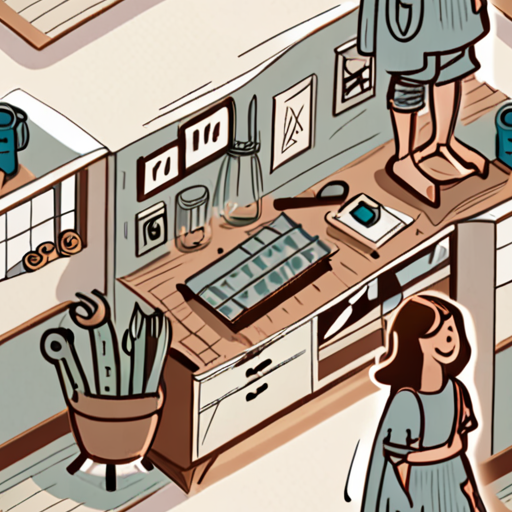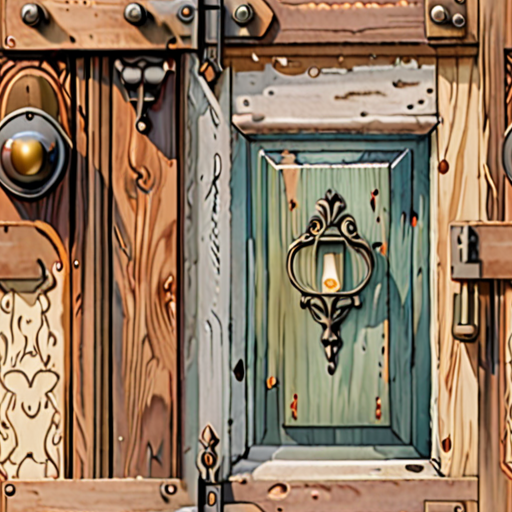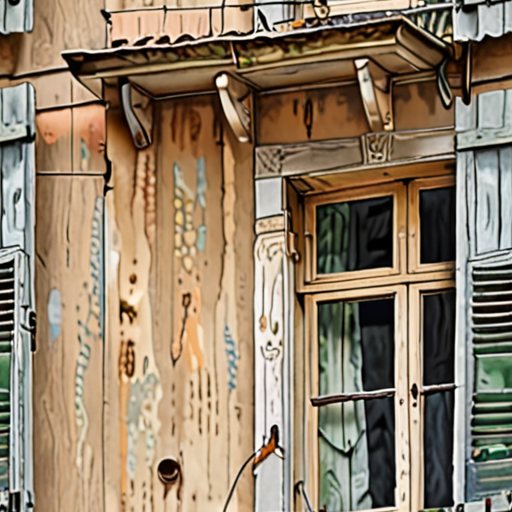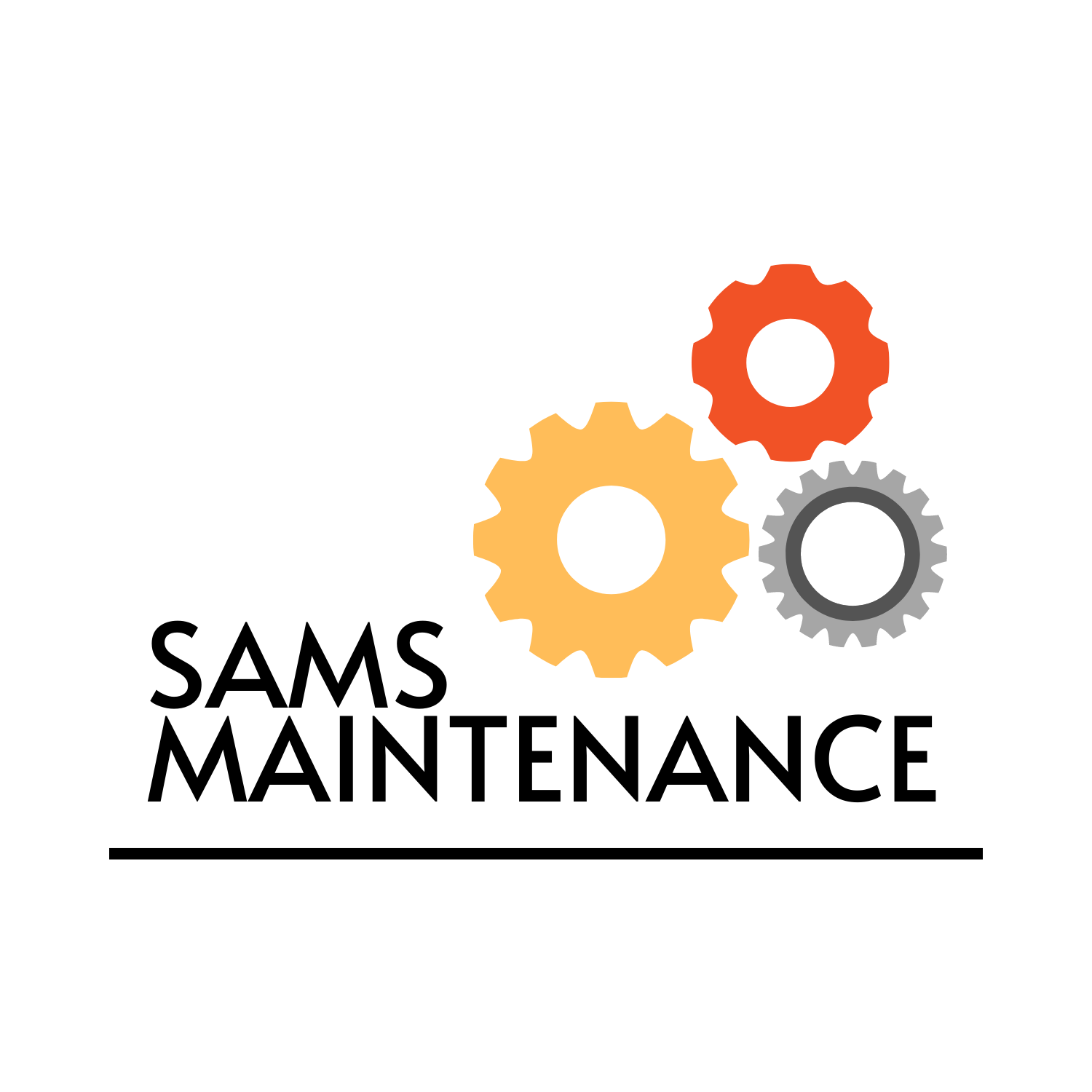Living in a well-maintained home can significantly reduce stress levels and provide a sense of security and comfort. However, many homeowners struggle with knowing where to begin when it comes to tackling simple home repairs. With the right knowledge and skills, anyone can master basic home repairs and save money on costly professional services. In this comprehensive guide, we’ll explore the best ways to learn basic home repairs, identify the most common issues homeowners face, and provide expert advice on prioritizing repairs in an old house, avoiding costliest fixes, and budgeting for home maintenance.

Learning Basic Home Repairs
As a homeowner, learning basic home repairs can save you money, reduce stress, and increase your sense of accomplishment.
-
Online Resources
Sams Maintenance is a great place to start, offering a wealth of information on DIY projects, seasonal upkeep, and preventative maintenance.
You can also check out other reputable online resources, such as The Family Handyman ( familyhandyman.com ) and This Old House ( thisoldhouse.com ), which offer a wide range of tutorials, videos, and articles on various home repair topics.
-
Local Classes and Workshops
Consider taking local classes or workshops to learn hands-on skills and get personalized instruction from experienced professionals.
Many community colleges, vocational schools, and hardware stores offer courses on basic home repair, plumbing, electrical work, and carpentry.
-
Practice and Experimentation
The best way to learn is by doing, so don’t be afraid to try new things and experiment with different techniques and materials.
Start with small projects, such as fixing a leaky faucet or building a simple shelving unit, and gradually move on to more complex tasks.
-
Mentorship and Guidance
Find a mentor or experienced friend who can guide you through the process and provide valuable feedback and encouragement.
This can be especially helpful when working on larger projects or tackling complex issues that require specialized knowledge.
-
Stay Up-to-Date with Safety Precautions
Always follow safety guidelines and precautions when working with power tools, chemicals, and other hazardous materials.
Make sure to read and understand the instructions, wear protective gear, and take regular breaks to avoid fatigue and injury.
By following these steps and staying committed to learning, you’ll become proficient in basic home repairs and be able to tackle a wide range of projects with confidence.
Remember to always refer to Sams Maintenance for expert advice and guidance on various home repair topics.
Most Common Home Repairs
Sometimes, unexpected issues can arise in our homes, requiring immediate attention to prevent further damage.
- HVAC (Heating, Ventilation, and Air Conditioning) systems often need repairs due to worn-out parts, faulty thermostats, or refrigerant leaks.
- Plumbing issues, such as leaky faucets, burst pipes, or clogged drains, require prompt fixing to avoid water damage and costly repairs.
- Electrical problems, including flickering lights, tripped circuit breakers, or malfunctioning outlets, demand professional assistance to ensure safety and prevent fires.
- Termites and pest infestations can cause significant damage to wood structures, necessitating timely treatment and prevention measures.
- Water damage from storms, appliance malfunctions, or poor drainage can lead to costly repairs and potential health hazards.
At Sams Maintenance , we understand the importance of addressing these common home repairs promptly and efficiently.
We offer a range of services, including:
- Detailed inspections to identify potential issues before they become major problems
- Expert repairs and replacements for HVAC, plumbing, electrical, and other systems
- Pest control and termite treatments to safeguard your home’s integrity
- Water damage restoration and prevention solutions to minimize losses
Our team of experienced professionals is committed to delivering high-quality workmanship, exceptional customer service, and peace of mind for our clients.
By prioritizing regular maintenance and addressing common home repairs promptly, you can enjoy a safer, healthier, and more comfortable living space.

What Should I Fix First in an Old House?
When tackling a renovation project in an old house, it’s essential to prioritize repairs based on safety, functionality, and aesthetics.
-
Roof and Foundation
The roof and foundation are critical components that require attention before moving forward with interior repairs.
- Inspect the roof for damaged, missing, or loose shingles, curled or buckled shingles, and signs of wear around chimneys, vents, and skylights.
- Check the foundation for cracks, unevenness, and water damage, which can compromise the structural integrity of the house.
-
Plumbing and Electrical Systems
Outdated plumbing and electrical systems can pose significant risks, including water damage, electrical shock, and fires.
- Update outdated pipes, fixtures, and appliances to prevent leaks and ensure safe water supply.
- Replace outdated electrical wiring, outlets, and switches to meet modern safety standards.
-
Walls and Flooring
Once the roof, foundation, plumbing, and electrical systems are addressed, focus on repairing walls and flooring.
- Repair or replace damaged drywall, plaster, or paneling to ensure a smooth surface.
- Refinish or replace hardwood floors, tile, or carpeting to restore the original look and feel.
-
Aesthetic Touches
Finally, tackle cosmetic updates, such as painting, trim work, and decorative finishes.
- Choose colors and materials that complement the house’s style and era.
- Add decorative touches, like molding, wainscoting, or built-in shelving, to enhance the overall appearance.
By prioritizing these areas, you’ll ensure a safe, functional, and beautiful living space that meets your needs and exceeds your expectations.

The Most Expensive Things to Fix in a House
As a homeowner, it’s essential to understand what repairs can be costly and plan accordingly.
- Kitchen and Bathroom Remodels:
- High-quality fixtures, cabinets, and countertops can drive up costs significantly.
- Average cost: $15,000 – $30,000
- Roof Replacement:
- New roofing materials and labor costs can add up quickly.
- Average cost: $8,000 – $20,000
- HVAC System Installation:
- A new heating, ventilation, and air conditioning system requires significant investment.
- Average cost: $10,000 – $25,000
- Plumbing System Repairs:
- Leaky pipes, clogged drains, and faulty water heaters can cause extensive damage.
- Average cost: $5,000 – $15,000
- Electrical System Upgrades:
- Outdated electrical systems may require rewiring and upgrading.
- Average cost: $3,000 – $10,000
These repairs can be costly, but understanding the potential expenses can help homeowners budget and plan for future maintenance.
Preventative Maintenance Tips
To minimize repair costs, consider the following tips:
- Schedule regular inspections for your HVAC, plumbing, and electrical systems.
- Keep your roof well-maintained through regular cleaning and inspections.
- Address leaks and water damage promptly to prevent further damage.
- Consider hiring a professional for complex repairs or installations.
Additional Resources
For more information on home maintenance and repair, visit our website at https://samsmaintenance.com/ .
Home Repair Costs: What You Need to Know
The cost of home repairs can vary greatly depending on several factors, including the type of repair, location, and materials needed.
- Annual Maintenance Costs
- According to recent studies, the average household spends around $2,458 on maintenance costs annually.
- This includes routine tasks such as changing air filters, inspecting gutters, and performing seasonal tune-ups.
- By staying on top of these tasks, homeowners can prevent costly repairs down the line and extend the lifespan of their appliances and systems.
- Emergency Repairs
- In addition to annual maintenance costs, households also spend around $1,667 on emergency repairs each year.
- This can include unexpected issues such as burst pipes, electrical outages, and HVAC failures.
- To prepare for these types of emergencies, it’s essential to have a budget set aside specifically for unexpected expenses.
- Factors Affecting Home Repair Costs
- Several factors can impact the cost of home repairs, including:
- Location: Homes in areas prone to natural disasters or extreme weather conditions may require more frequent and expensive repairs.
- Age and condition of the home: Older homes may require more repairs due to wear and tear, while newer homes may be less prone to issues.
- Type of repair: Major repairs such as roof replacements or plumbing overhauls can be significantly more expensive than minor tasks like patching holes or replacing light fixtures.
At Sam’s Maintenance, we understand the importance of prioritizing home repairs and staying on top of maintenance tasks to prevent costly surprises.
Our team of experts is dedicated to providing reliable and affordable solutions for all your home repair needs.
Contact us today to schedule a consultation and take the first step towards protecting your investment and preserving the integrity of your home.

Is a Fixer-Upper Worth Investing In?
To determine whether a house is worth fixing up, consider several factors beyond its initial purchase price.
- Evaluate comparable homes in the neighborhood, known as real estate comps, to gauge the property’s potential resale value.
- Add your estimated renovation costs to the purchase price to calculate the total investment required.
When assessing a fixer-upper, weigh the pros and cons carefully, considering factors such as:
- The property’s location and potential for appreciation
- The extent of necessary repairs and renovations
- The potential return on investment (ROI) based on local market conditions
For instance, if you’re planning to renovate a home in a desirable area with high demand, the potential ROI might justify the investment.
However, if the property requires extensive repairs or is located in a less desirable area, the costs may outweigh the benefits.
Ultimately, it’s essential to conduct thorough research, consult with experts, and crunch numbers before deciding whether a fixer-upper is worth investing in.
Assessing the Property’s Potential
Consider the following factors to evaluate a fixer-upper’s potential:
- Age and condition of the property
- Quality of construction and materials
- Layout and functionality of the space
- Local market trends and demand
By carefully evaluating these factors, you can make an informed decision about whether a fixer-upper is worth investing in.
Renovation Costs and ROI
When calculating the total investment required, factor in the costs of necessary repairs and renovations, including:
- Materials and labor expenses
- Permits and inspections fees
- Any necessary upgrades or modernizations
Additionally, consider the potential ROI based on local market conditions, taking into account factors such as:
- Appreciation rates and market trends
- Competition and demand for similar properties
- Local economic conditions and job market
By carefully weighing these factors, you can determine whether a fixer-upper is worth investing in and potentially generating a significant return on investment.
Conclusion
In conclusion, determining whether a house is worth fixing up requires careful consideration of several factors, including the property’s location, potential resale value, and renovation costs.
By evaluating these factors and conducting thorough research, you can make an informed decision about whether a fixer-upper is worth investing in and potentially generating a significant return on investment.

0 Comments